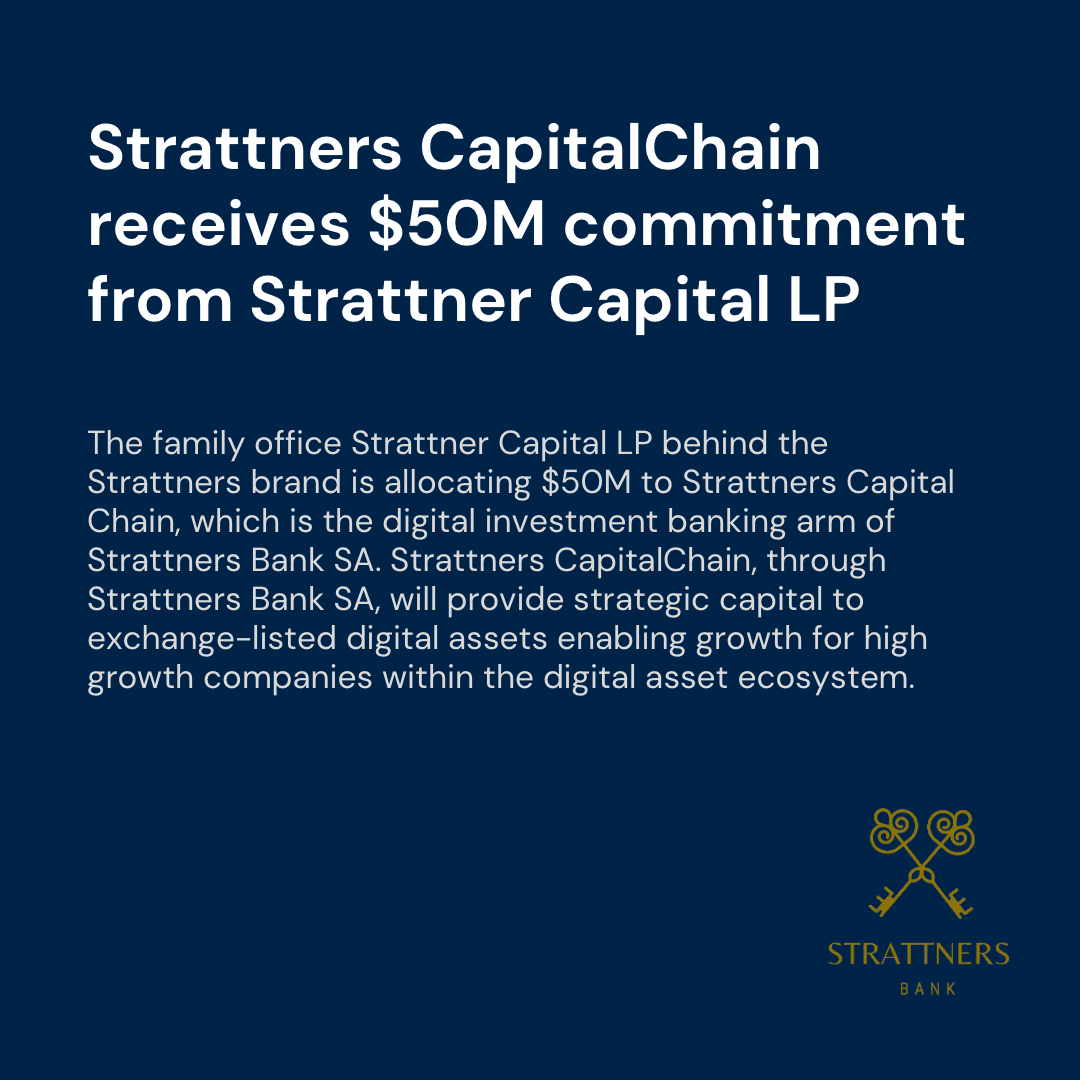In the competitive world of corporate finance, public companies continually seek innovative and reliable ways to secure funding for expansion, operational enhancements, and strategic initiatives. One of the less common but highly effective methods is through equity facilities provided by entities like Strattners Bank. Strattners Bank offers a distinctive opportunity for publicly traded companies to raise capital by selling their shares under a registered offering such as a S-3 or F-3 filing to the Strattners Bank Equity Facility. This approach presents several benefits and remains a rarity in the financial landscape, making it a notable option for companies aiming to leverage their growth trajectories. Strattners Bank is a family owned Bank that makes available capital on a firm-commitment basis providing companies assurance that all the money will be made available.
Advantages of Utilizing Strattners Bank Equity Facility
1. Flexible Access to Capital: The primary advantage of using an equity facility like that offered by Strattners Bank is the flexibility it provides. Companies can sell shares to the bank when they need capital, allowing them to manage cash flow more effectively and seize opportunities as they arise without the constant pressure of conventional loan repayments.
2. Market Timing: Another significant benefit is the ability to time the market. Companies can choose to sell shares when market conditions are favorable, ensuring they maximize the capital received per share. This strategic flexibility can significantly enhance a company’s ability to manage market volatility.
3. Reduced Dilution: Selling shares through an equity facility can be structured to minimize shareholder dilution compared to other equity-raising methods. This aspect is particularly crucial for maintaining shareholder value and controlling ownership stakes.
4. Cost-Effectiveness: Compared to traditional methods of raising capital, such as issuing new shares through a secondary public offering, the costs involved in an equity facility transaction are generally lower. The overall process is streamlined to support quicker access to funds.
The Rarity of Such Facilities
Despite these benefits, finding a bank that offers an equity facility under an F-3 filing is challenging. This rarity stems from several factors:
1. Regulatory Complexity: The regulatory requirements surrounding an F-3 filing and the ongoing obligations can be daunting. Banks need to have specialized expertise and robust systems to manage these complexities effectively, which limits the number of financial institutions willing to offer such services.
2. Risk Management: Banks must carefully manage the risks associated with purchasing shares from public companies, which can fluctuate significantly in value. This risk management requires sophisticated analytical tools and a deep understanding of market dynamics, which not all banks possess.
3. Niche Market: The market for equity facilities is relatively niche, with only a limited number of publicly traded companies qualifying. As a result, fewer banks are motivated to develop the necessary infrastructure and expertise to support these transactions.
Conclusion
Strattners Bank’s Equity Facility represents a unique and valuable tool for publicly traded companies seeking to raise capital. Its benefits, including flexibility, market timing, reduced dilution, and cost-effectiveness, make it an attractive option for companies aiming to enhance their financial standing without the burdens typically associated with more conventional fundraising methods. However, the rarity of such offerings underscores the need for companies to carefully evaluate their options and choose partners like Strattners Bank that can effectively support their strategic financial goals.





